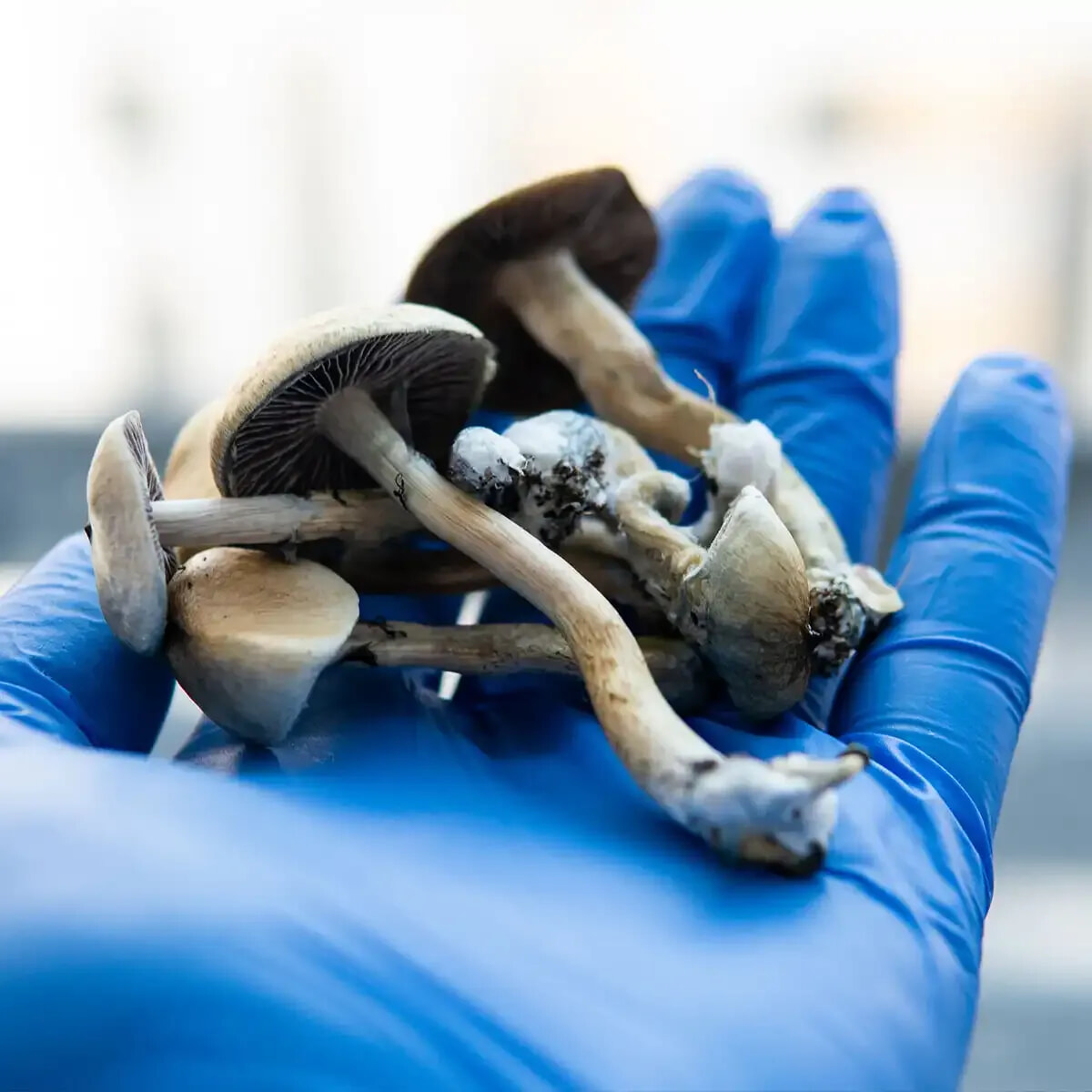
Magic Mushrooms May Be the Key to Extending Human Life
This is interesting.
Published July 21, 2025
Advertisement
Advertisement
1. The Search for Life’s Reset Button
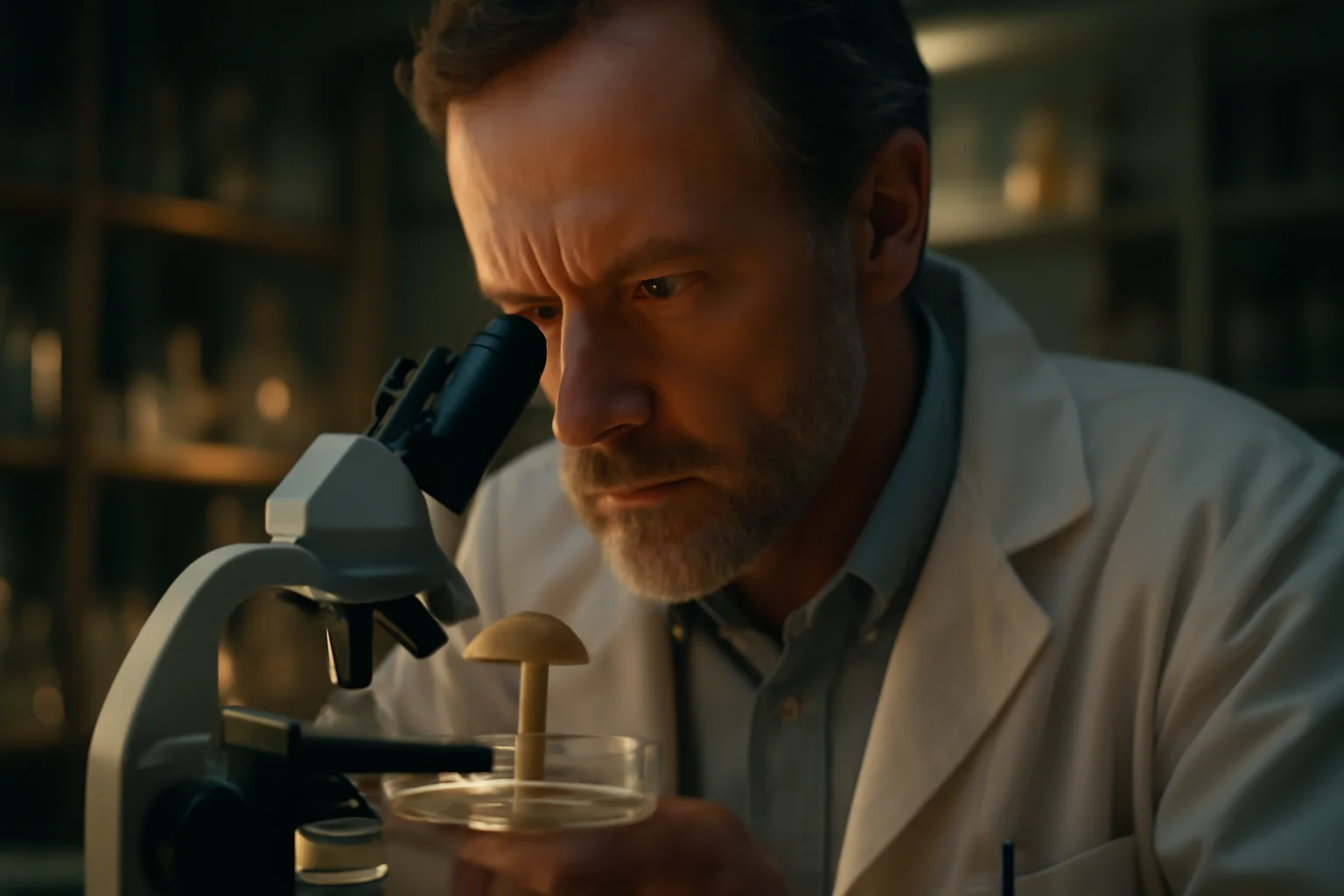
In a world obsessed with anti-aging potions and the promise of eternal youth, few have dared to look beyond creams, supplements, and cosmetic fads to the mysteries buried in nature itself.Science’s most intrepid minds have recently turned their attention to the psychedelic compound psilocybin, found in certain mushrooms, long revered for its mind-altering effects but rarely studied for what it might do to the body itself.While psilocybin’s benefits in mental health—alleviating depression, anxiety, and trauma—are well documented, a new wave of research is probing much deeper, searching for answers in the very mechanisms of cellular aging.The quest to slow human aging has taken many forms, but the biological clock ticks on through the gradual wearing down of our chromosomes’ protective caps, called telomeres.Telomeres shorten as we age, their progressive decline associated not just with visible signs of aging but with the cellular senescence that paves the way for diseases like cancer, neurodegeneration, and cardiovascular failure.Until now, few believed that a simple mushroom could hold the key to stalling this relentless march toward senescence, but a bold hypothesis was taking root—the so-called “psilocybin-telomere hypothesis.”This concept proposes that psilocybin’s ability to improve mental health could, in turn, help preserve telomere length and slow the biological aging process, linking mind, molecule, and longevity in unexpected ways.Researchers at Emory University and Baylor College of Medicine set out to test this, looking beyond psilocybin’s impact on the brain to explore its influence on the rest of the body.Their vision was not just for longer life, but for a healthier one—one in which aging itself might be delayed at the genetic and cellular levels.As they began their journey, the boundaries between ancient wisdom and cutting-edge science blurred, setting the stage for a potential revolution in anti-aging medicine.With the stage set, their findings would soon challenge the way we think about time, biology, and the legacy of psychedelic research.
Advertisement
2. From Hallucinations to Healing
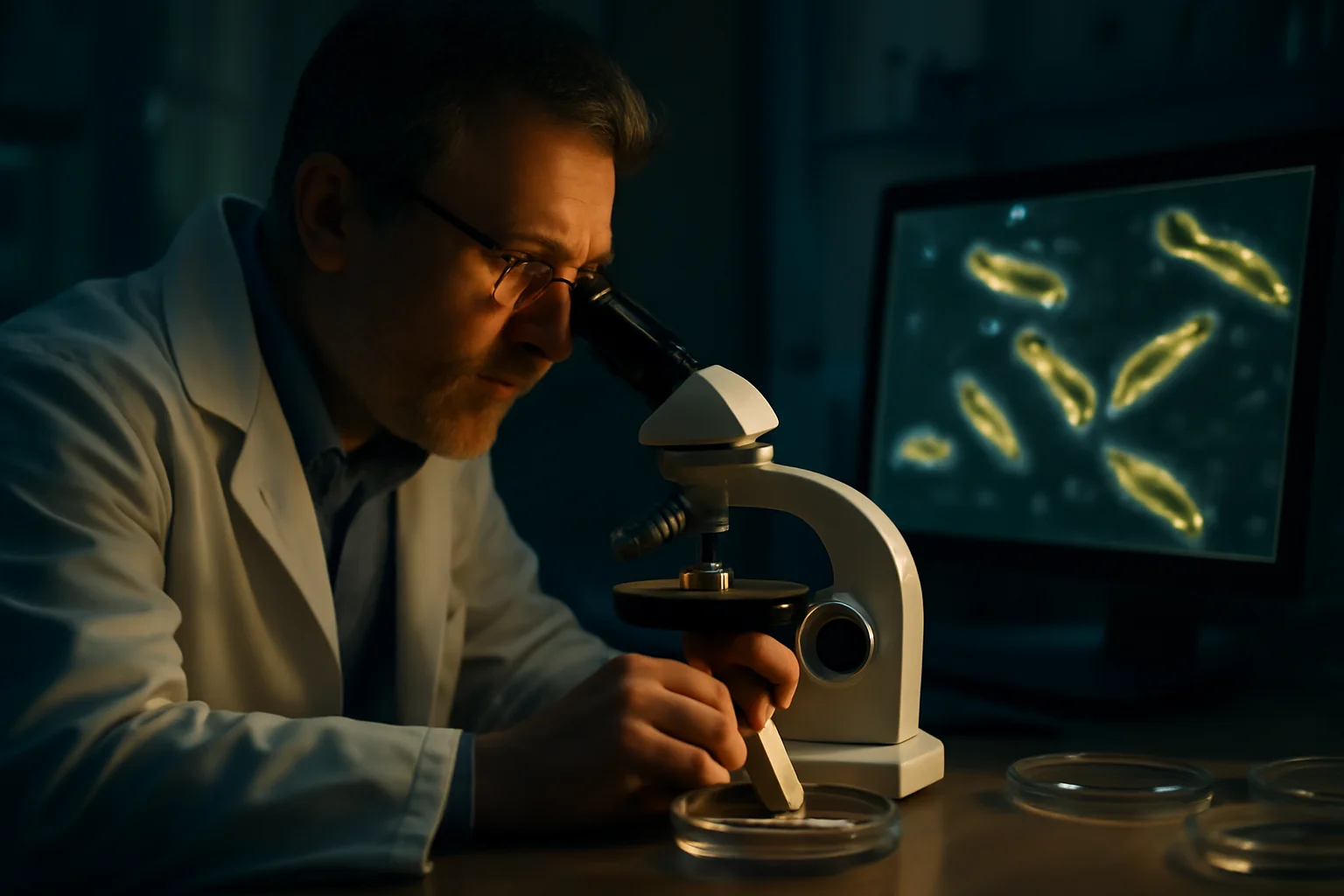
Psilocybin has long held a controversial place in medicine and society, prized by some for its mind-expanding properties, feared by others as a dangerous drug.For decades, research was focused almost entirely on psilocybin’s interaction with the brain, studying its capacity to reset neural pathways and restore emotional balance in people suffering from depression, PTSD, and addiction.Yet, as the evidence for its neurological benefits mounted, a handful of visionary scientists began asking a new set of questions: what if psilocybin’s power extends beyond the mind, influencing the body at a cellular level?Driven by the possibility that a psychedelic could influence the root causes of aging, the research teams at Emory and Baylor turned their gaze to the mechanisms of cellular longevity.Their central focus was on telomeres, the repetitive DNA sequences capping the ends of chromosomes, whose shortening is a hallmark of cellular aging and the gateway to diseases of old age.Clinical studies had already drawn connections between mental health and telomere length, showing that depression and stress could accelerate telomere shortening, while positive mental states and effective therapies might offer some protection.With this backdrop, scientists formulated the “psilocybin-telomere hypothesis,” theorizing that the compound’s ability to lift mood and alleviate psychological suffering could also slow down cellular aging by preserving telomeres.This leap of logic was audacious, but so was the science that followed: moving from petri dishes of human cells to living mice, the teams launched a series of groundbreaking experiments.They dosed cultured human lung and skin cells with psilocin—the active metabolite of psilocybin—monitoring how long the cells survived, how they aged, and whether their telomeres endured the relentless pressure of time.The experiments were set to answer not just whether psilocybin could soothe troubled minds, but whether it might someday help people age with grace, dignity, and health.If their hunch was correct, psilocybin would no longer be just a tool for consciousness exploration, but a new front in the battle against time itself.The findings from these experiments would soon challenge assumptions, setting the scene for discoveries as remarkable as the compound’s history.
Advertisement
3. Into the Cellular Labyrinth
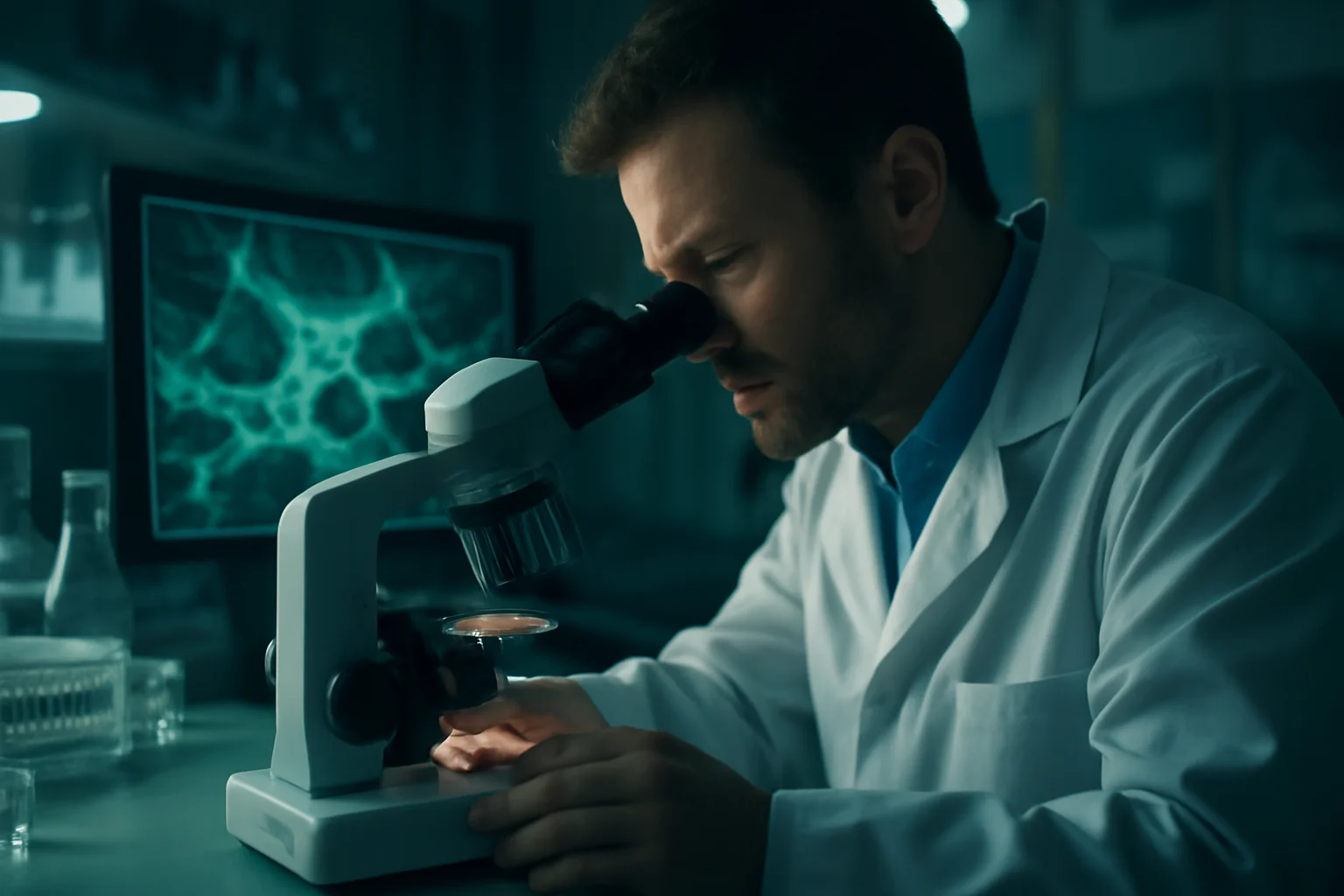
Inside the sterile world of cell culture labs, the first phase of the study began by exposing human lung stem cells and adult skin cells to precise doses of psilocin.Scientists watched as, day by day, the treated cells outpaced their untreated peers, multiplying faster and surviving significantly longer before succumbing to the inevitable senescence that marks a cell’s final chapter.With low doses, the lifespans of these cells grew noticeably; with higher doses, the extension was even more dramatic—up to 57% in some cases for lung cells, and over 50% for adult skin cells.The magic, it seemed, lay in the preservation of telomere length: psilocin-treated cells exhibited markedly less telomere shortening than controls, indicating a delay in the cellular aging process.But that was not the only clue to psilocybin’s power.Molecular markers of aging and stress, like the GADD45a gene associated with DNA damage, were suppressed in the treated cells, while levels of SIRT1—a gene known to regulate metabolism and longevity—rose.Oxidative stress, which can wreak havoc on cells and accelerate their demise, was also reduced, creating an environment more conducive to cellular health and resilience.The changes were not superficial; they penetrated the cell’s most vital machinery, suggesting a complex web of molecular pathways activated or stabilized by psilocybin’s presence.Western blot analyses confirmed these changes at the protein level, as cells seemed to resist the march toward exhaustion longer, maintaining proliferation and DNA replication capacity.Crucially, while psilocin delayed the onset of senescence, it did not cause unchecked cellular growth or transformation, assuaging fears that its anti-aging effects might come at the cost of cancer risk.With each technical replicate, the results reinforced the extraordinary: the in vitro effects of psilocin were not just statistically significant, but biologically meaningful, hinting at new ways to understand and ultimately intervene in the process of aging.It was a promising start—but the ultimate test would require moving beyond glass slides and growing media to living organisms, where the chaos of life and aging play out in full.The scientists set their sights on an animal model, prepared to test whether the miracle seen under the microscope could translate to longer, healthier lives in the real world.
Advertisement
4. The Mouse Miracle
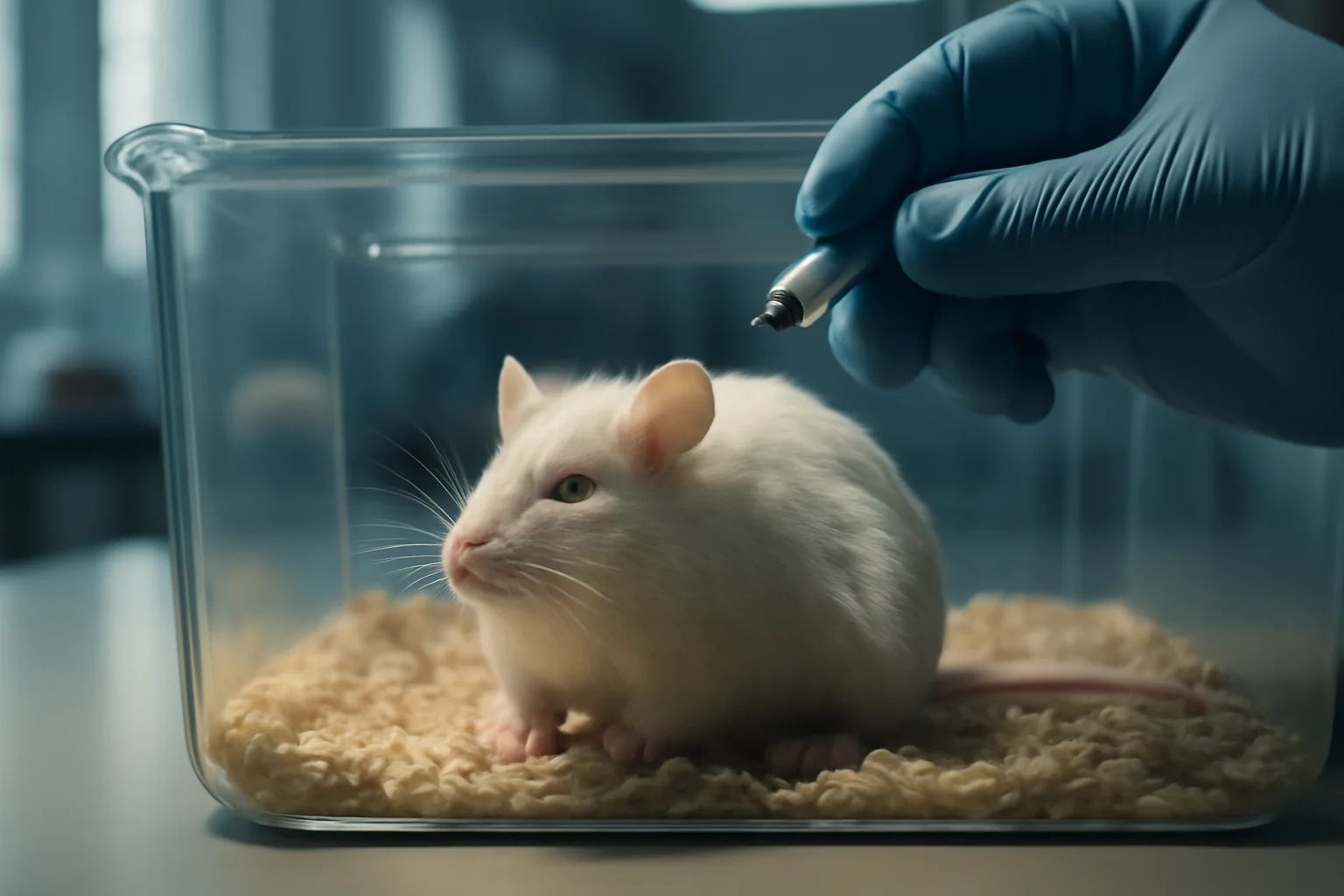
In a quiet animal facility, researchers prepared for the next stage: a long-term in vivo trial, treating aged mice with psilocybin to see if the benefits observed in cultured cells could be mirrored in the complexity of a living organism.They chose 19-month-old female mice—already at an age equivalent to a 60–65-year-old human—making the experiment a true test of whether intervention late in life could still yield results.Each mouse received an initial low dose of psilocybin, followed by a high monthly dose over ten months, closely tracking survival rates, physical appearance, and overall health.The early signs were remarkable: not only did the treated mice show a dramatic increase in survival—with 80% alive at the end of the protocol compared to just 50% of controls—but they also looked visibly healthier.Fur quality improved, patches of hair regrew, and signs of graying were reversed, suggesting that the benefits of psilocybin were not just internal but manifesting outwardly in signs of vitality.The mice also maintained stable body weights and showed no evidence of adverse behavioral or physical effects beyond the brief, predictable psychotropic responses immediately after dosing.This was the first experimental evidence that psilocybin could extend lifespan in mammals, not merely as a laboratory curiosity, but as a real intervention with the potential to change the course of aging itself.Notably, the intervention worked even when begun late in life, providing hope that aging processes may be more malleable than previously thought.The implications extended well beyond rodents, opening the door for studies in humans, especially those already in the later stages of life.As the survival curves diverged, scientists marveled at the possibility that a single compound, rooted in ancient shamanic tradition, might soon reshape the future of geriatric medicine.With the mouse results in hand, the research community faced new questions and new challenges: how far could these effects go, and what did they mean for people seeking to live longer, healthier lives?
Advertisement
5. The Psilocybin Paradox
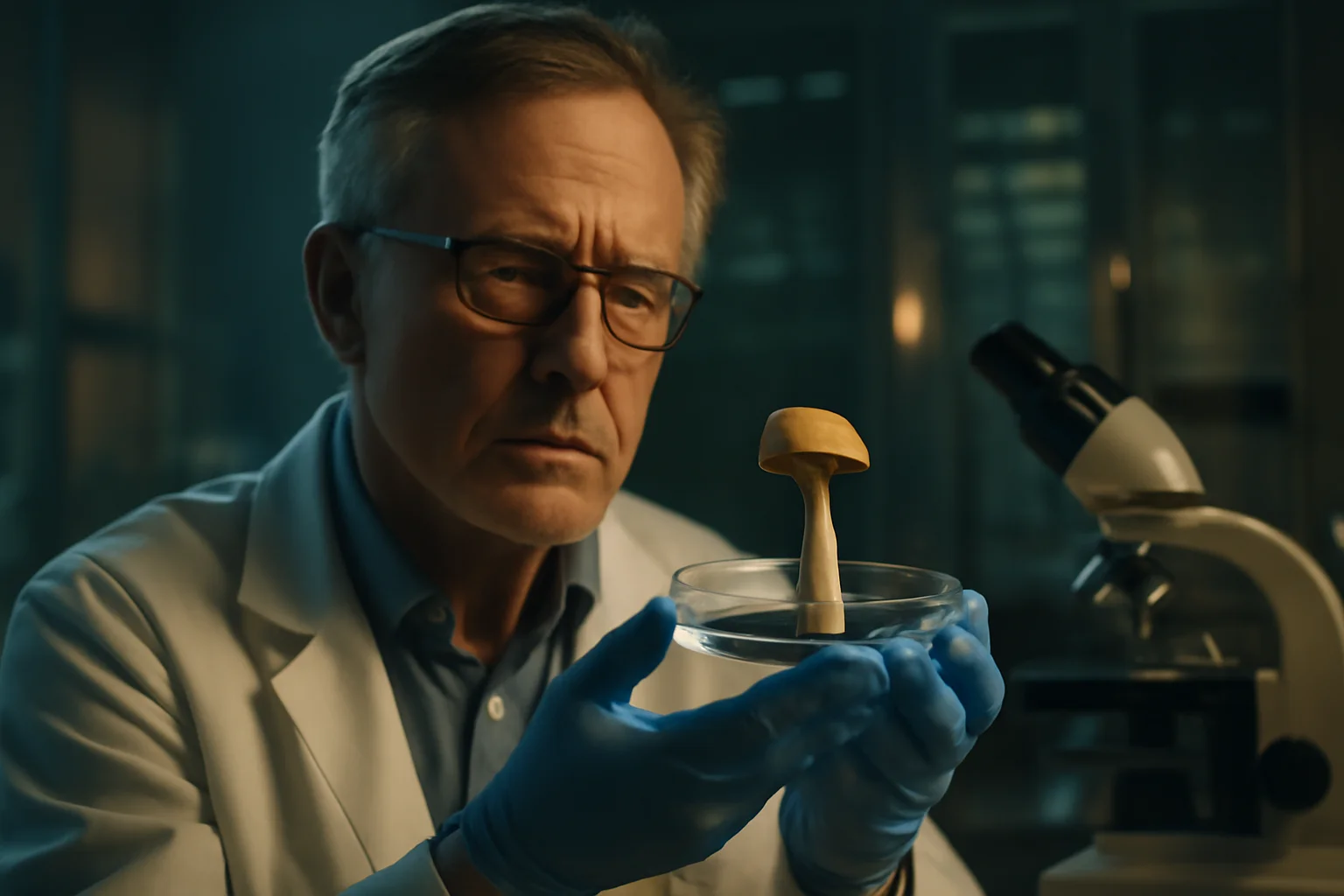
As the data poured in, the research teams found themselves confronting a paradox at the heart of their discovery: a compound best known for its effects on perception and consciousness was now demonstrating potent anti-aging effects at the cellular and organismal level.Why would a hallucinogen, whose main receptor targets (the 5-HT2A serotonin receptors) are expressed not only in the brain but throughout the body, so effectively slow the clock of aging?The answer, emerging from meticulous laboratory work, lay in the systemic nature of serotonin signaling and its downstream effects on genetic, metabolic, and stress-response pathways.Psilocybin’s interactions with serotonin receptors appeared to induce expression of antioxidant enzymes and upregulate SIRT1, thereby curbing oxidative stress and promoting DNA repair—crucial functions for staving off senescence.In mice, this translated to more robust, healthier tissues and visible improvements in aging markers like fur quality, echoing the cellular findings in vitro.At every step, researchers confirmed that psilocybin’s benefits went hand in hand with preservation of telomere length, delaying not just the symptoms of aging but its most fundamental mechanisms.Importantly, these effects manifested even when treatment was started late in life, suggesting that intervention windows for anti-aging therapies may be wider than previously imagined.The “psilocybin-telomere hypothesis” had moved from theory to experimental fact, linking mental health, cellular aging, and lifespan extension in a single elegant arc.Yet, as excitement grew, so too did the awareness of what remained unknown: optimal dosing, long-term risks, and the need for human trials to translate these preclinical triumphs into practical medicine.With the paradox laid bare, scientists recognized that the journey was just beginning, and that the next steps would demand even greater rigor and imagination.Still, the prospect of a compound that could both heal the mind and rejuvenate the body was now firmly within reach—a testament to the power of curiosity, perseverance, and the hidden gifts of nature’s pharmacy.
Advertisement
6. The Science of Survival
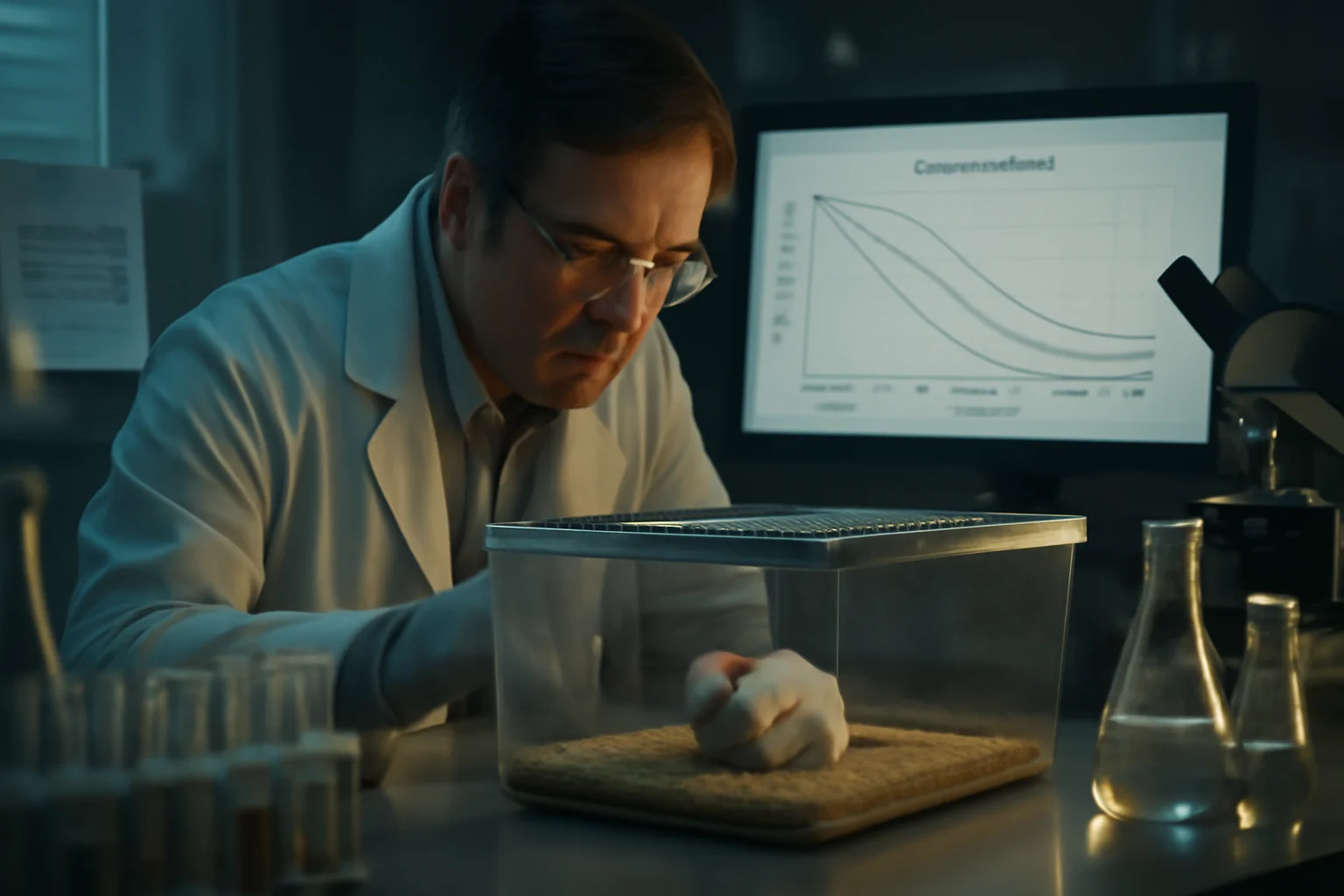
Beyond the headline results, the study delved into the fine details of survival analysis, dosing strategies, and molecular pathways, seeking to leave no question unanswered.The mouse experiment was designed to mimic the high doses used in clinical settings for chronic pain and depression, accounting for differences in metabolism between rodents and humans to ensure the results would be relevant to eventual human application.All mice were closely monitored, their health and wellbeing tracked through regular measurements of weight, behavior, and visible signs of distress, with protocols approved by rigorous ethical standards.Researchers were careful to check for any signs of uncontrolled cell growth—a red flag for cancer risk—but found none, suggesting that the anti-aging effects of psilocybin did not come at the cost of oncogenic transformation.Western blots, population doubling assays, and telomere length measurements all reinforced the central findings: psilocybin extended life by delaying the processes that usually drive aging forward, not by pushing cells into dangerous overdrive.Importantly, the dosing regimen allowed for both initial adaptation and sustained exposure, reflecting what might someday become standard practice in human anti-aging interventions.Throughout, the study’s design prioritized reproducibility and statistical rigor, employing sufficient replicates and technical controls to ensure confidence in the results.The survival curves—so often the grim tally of time’s toll—were, in this case, a map to possibility, tracing the outlines of a new kind of longevity science.Each data point pointed to a central truth: with the right intervention, even the most entrenched features of aging might be shifted, delayed, or reversed.The question of how far these effects could go, and in whom, would become the focus of future studies, but the foundation was now laid for a new kind of medicine.
Advertisement
7. Beyond the Brain
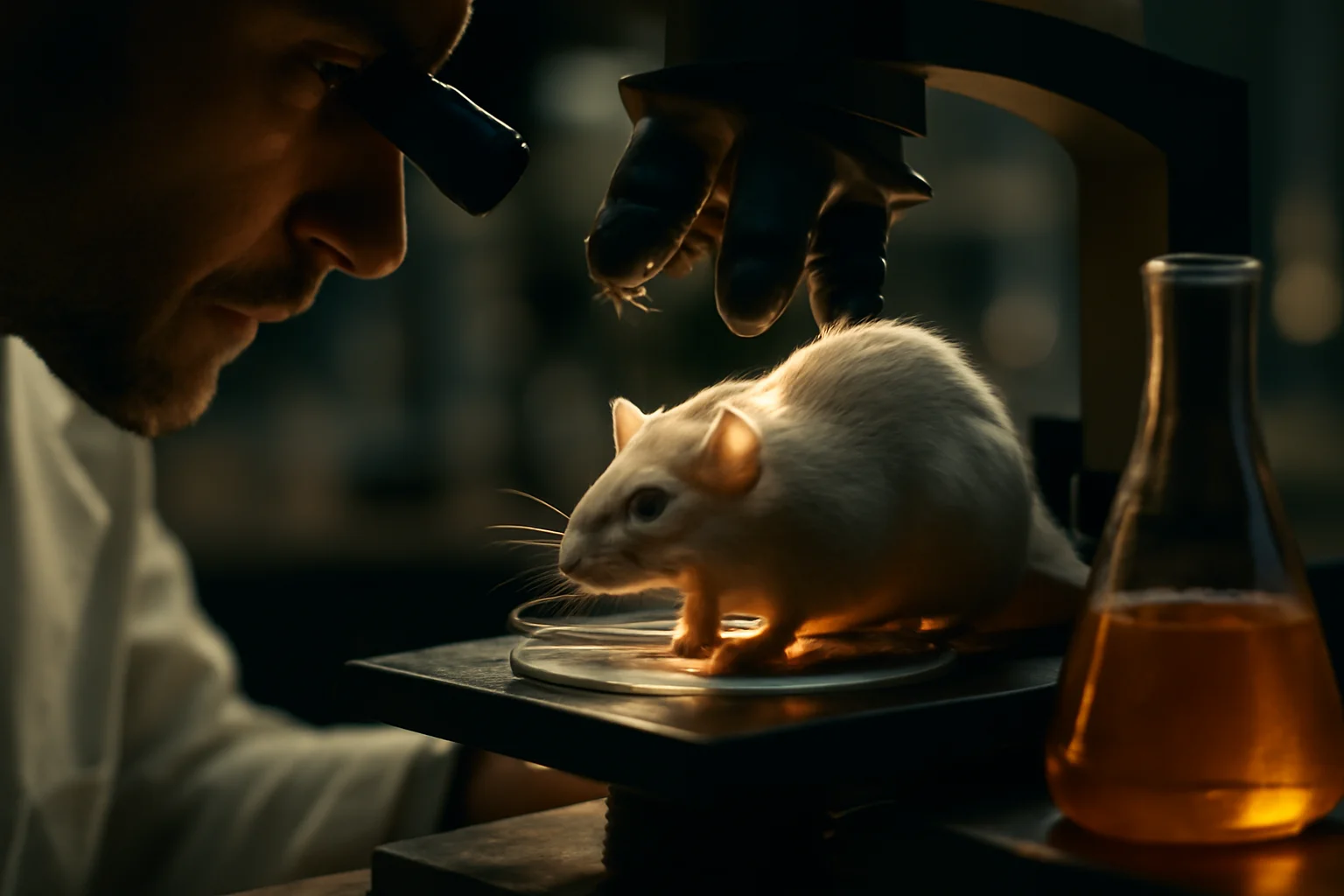
While psilocybin’s neurological benefits have drawn the most attention, the new studies highlight its broader systemic effects, suggesting that serotonin receptors across the body may mediate a much wider array of health outcomes.Cells throughout the body—fibroblasts, cardiomyocytes, neurons, macrophages, and more—express serotonin receptors, providing potential entry points for psilocybin’s influence on aging, metabolism, and resilience.In both cell and animal models, psilocybin was shown to increase levels of SIRT1, reduce oxidative stress, and enhance DNA repair mechanisms, creating a multi-pronged approach to staving off senescence.These changes ripple outward, impacting not just cell survival but tissue integrity, organ function, and perhaps even resistance to chronic diseases like cancer or neurodegeneration.What’s more, the results dovetail with epidemiological studies suggesting that people who use psychedelics may have lower rates of heart disease, diabetes, and obesity, hinting at broad systemic benefits yet to be fully understood.Psilocybin’s ability to preserve telomere length—a central hallmark of aging—links these molecular mechanisms to the most visible and consequential features of aging in living organisms.As scientists piece together the puzzle, the realization dawns that the future of longevity medicine may depend not just on targeting the brain or the immune system, but on finding compounds capable of orchestrating health across every cell.This systemic perspective marks a turning point in the history of psychedelic research, moving from the mind to the whole body in a quest to redefine what healthy aging can mean.The story, once the purview of counterculture and clinical psychology, is now reshaping the frontiers of molecular medicine and geroscience.
Advertisement
8. Hope, Hype, and Hurdles
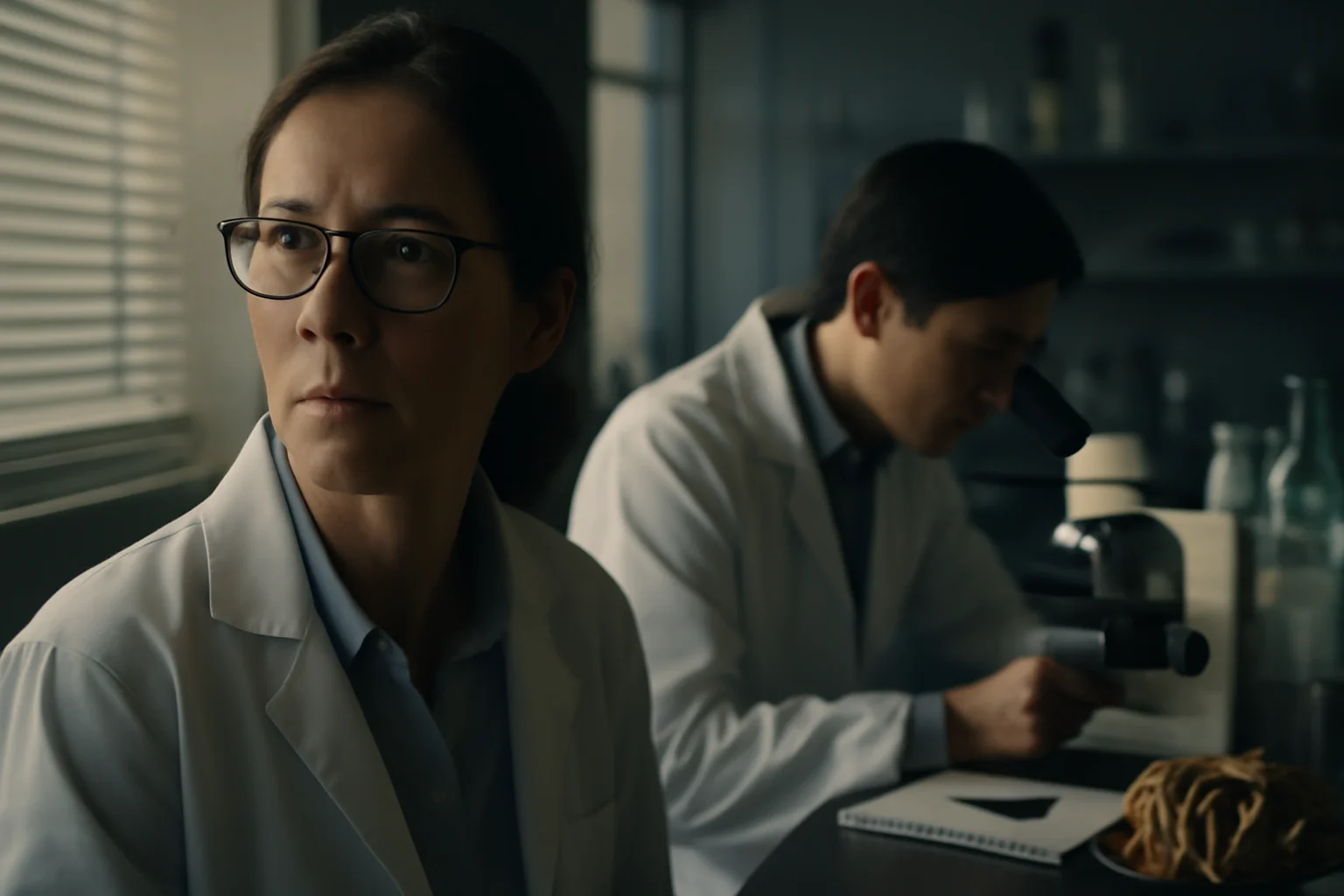
As with any scientific breakthrough, the promise of psilocybin as an anti-aging therapy comes with both hope and a sober recognition of the hurdles ahead.Lead researchers, including Drs. Louise Hecker and Kosuke Kato, emphasize the need for caution, calling for larger studies, optimized dosing regimens, and a deeper understanding of long-term safety.The regulatory environment remains complex, as psilocybin is still classified as a Schedule I substance, complicating access for researchers and patients alike.There is also the lingering question of risk: while the animal and cell studies showed no evidence of cancer or other adverse effects, the potential for long-term side effects in humans must be rigorously explored.Ethical considerations loom large as well, especially when contemplating interventions that may one day be applied to healthy individuals seeking to extend life or preserve youth.The path from mouse to human is notoriously difficult, with many promising therapies falling short when confronted with the complexity of human biology and society.Still, the study’s results have galvanized new interest, inspiring researchers around the world to launch follow-up trials, including investigations into the effects of psilocybin on age-related diseases like cancer, Alzheimer’s, and cardiovascular decline.If the hurdles can be overcome, psilocybin could join the ranks of the most disruptive therapies in the history of medicine—transforming the science of aging from a story of decline to one of resilience and renewal.Until then, the careful, stepwise advance of science will chart the way, balancing hope and skepticism in equal measure.
Advertisement
9. Towards a New Age of Medicine
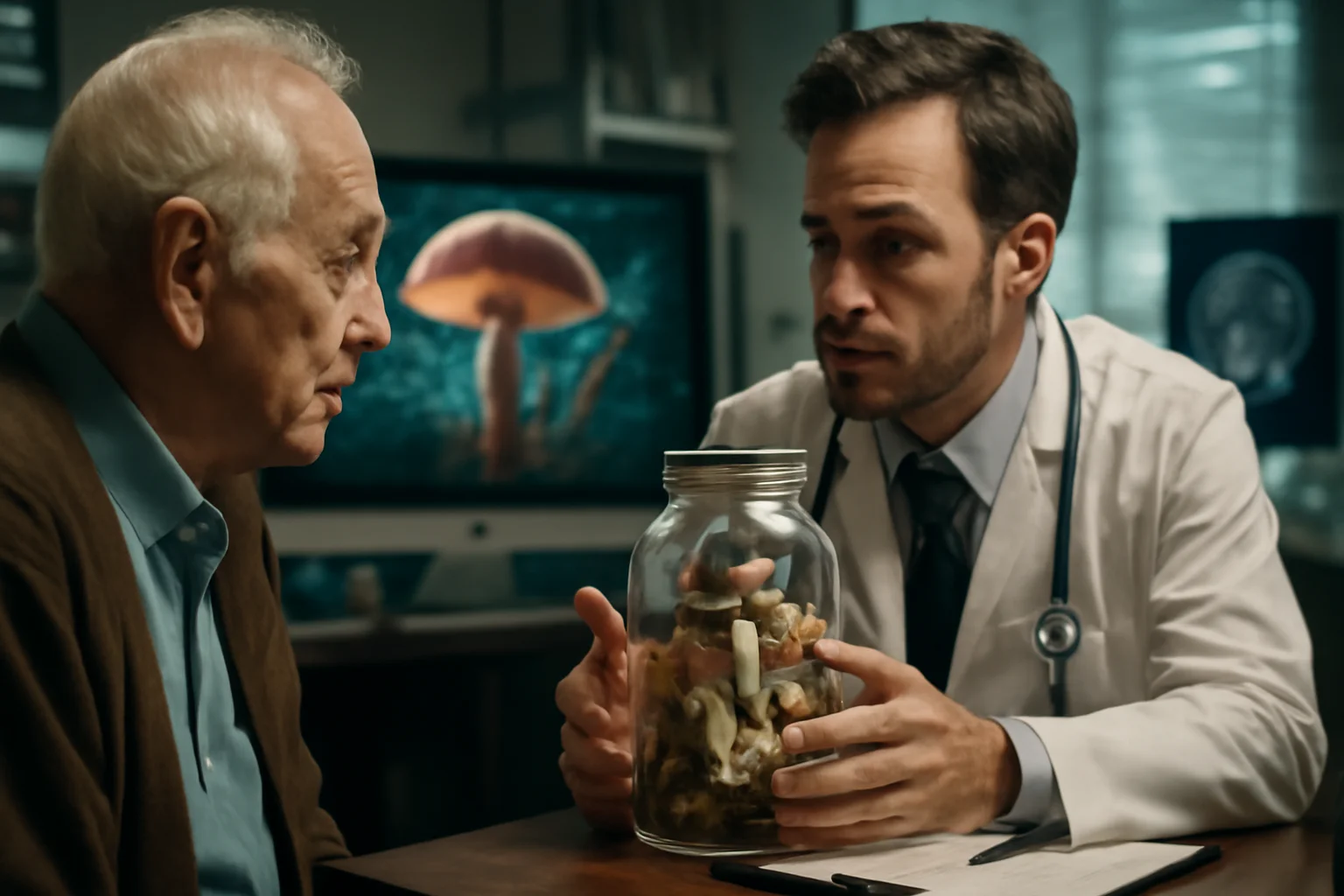
With the anti-aging effects of psilocybin now documented in both cells and animals, attention is turning to what the next decade of research might bring.The most immediate need is for robust, well-controlled clinical trials in humans, especially in older adults and those with age-related illnesses where the potential benefits are greatest.Researchers are also keen to understand the mechanisms at play: how does psilocybin interact with epigenetic regulators, metabolic pathways, and immune surveillance to produce its systemic effects?Could combination therapies, pairing psilocybin with other agents known to preserve telomeres or reduce oxidative stress, yield even more dramatic results?The overlap between mental health and physical aging, long suspected but rarely studied, may now become a central focus, driving new approaches to holistic medicine.Equally important are questions of equity and access: if psilocybin-based therapies are approved, will they be available to all, or restricted by cost, regulation, or stigma?As pharmaceutical companies and academic centers race to develop new formulations and protocols, the broader public debate about psychedelics is also shifting, informed by new science and the promise of real-world benefits.In this new age, the lines between brain, body, and spirit are blurring, as compounds once relegated to the fringes now take center stage in the battle against aging.With every experiment, a future is coming into focus—one where the secrets of mushrooms might help humanity write a new chapter in its search for longevity.
Advertisement
10. The Beginning of the Beginning
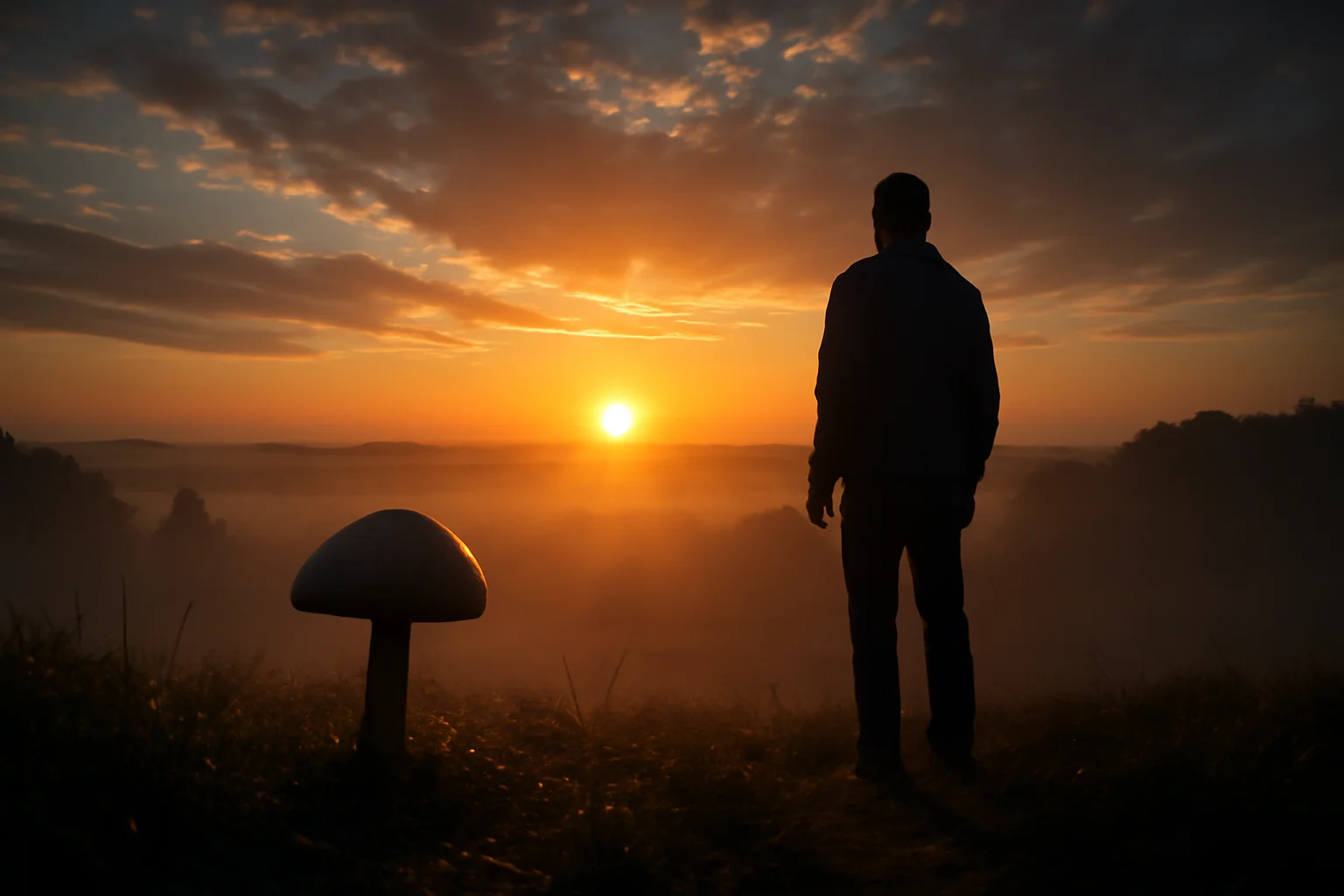
The discovery that psilocybin can extend cellular lifespan and improve survival in aging mammals is more than just a milestone—it is the dawn of a new scientific era.Far from ending the story, these results raise a host of new questions, from the details of optimal treatment regimens to the ethics of life extension and the social consequences of redefining old age.Researchers at Emory, Baylor, and beyond are now laying the groundwork for the next phase: human trials that could, in time, reshape how society approaches the challenges of aging.The implications are profound: longer lives, healthier years, and the potential to shift the balance between decline and vitality in populations around the world.At the same time, the discoveries renew age-old questions about what it means to grow old, to face mortality, and to seek transformation through science and nature alike.The journey from folklore and taboo to clinical evidence and therapeutic promise is far from over; in many ways, it has just begun.If psilocybin and its kin can unlock new pathways to health and longevity, they will join a storied tradition of breakthroughs that began at the intersection of curiosity, courage, and wonder.As the first rays of this new dawn light the horizon, one thing is clear: the future of anti-aging medicine will be shaped by the power of imagination, rigorous science, and the gifts of the natural world.The story of magic mushrooms is no longer one of mere hallucination or cultural myth—it is, at last, a chapter in the ongoing saga of human survival and possibility.
Advertisement
Advertisement
You May Also Like






